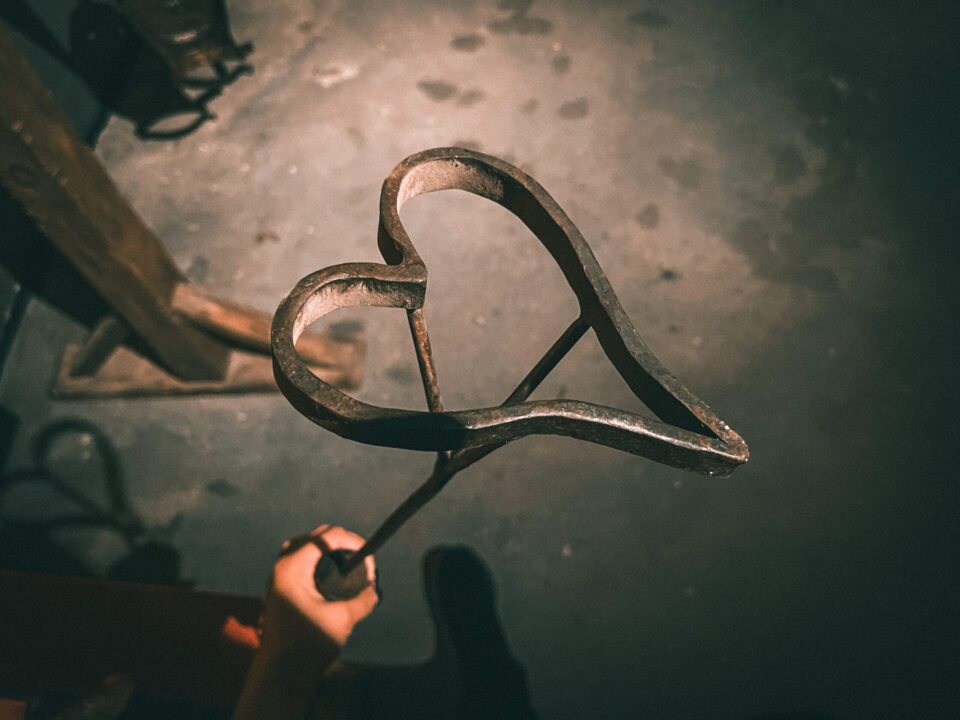Torment in Ancient Times
From flaying in antiquity to public executions, early civilizations refined unsettling ways of inflicting pain and suffering. Such ancient Roman torture methods included crucifixion and sadistic interrogations, revealing how cruelty became a tool to force confessions or maintain social order. Though shocking by modern standards, these brutal practices shaped the initial evolution of torture instruments that later societies adopted and adapted.
Dark Age Interrogation Devices
With the fall of Rome, medieval societies forged new types of dark age interrogation devices. While some were elaborate, others were simple yet terrifying. Early forms of handheld medieval torture devices—like iron pincers and thumbscrews—offered on-the-spot torment. These portable tools allowed interrogators to apply relentless punishment, illustrating the severity of law enforcement in feudal realms.
The Wheel Torture and Its Variations
Among cruel medieval punishments, few were as feared as the wheel torture. But what was the breaking wheel, and how did the breaking wheel work? Victims were tied to a large wheel, with their limbs methodically shattered by heavy strikes, then woven around the spokes. This slow agony often led to execution, as onlookers witnessed the extreme fate awaiting those labeled as criminals or heretics.
The Rack Evolution and Iron Maiden Origins
While the breaking wheel exemplified public terror, “the rack” was designed for extended torment in secluded chambers. Over centuries, the rack evolution introduced mechanical enhancements to increase tension on the victim’s limbs, extracting confessions through agony. Equally grim was the metal enclosure known as the iron maiden. Scholars debate its actual use, but iron maiden origins link it to coffin-like structures lined with spikes, designed to prolong suffering without immediate death.
Medieval Rat Torture
The desire for utter control also fueled inventive horrors like medieval rat torture. Rodents would be confined near a victim’s flesh and stimulated by heat, forcing the frantic animals to burrow into the body. This grim method underscored how fear of torment became an effective means of social compliance throughout the history of medieval torture devices.
Why Study These Devices Today?
Modern curiosity about the past drives interest in these instruments of torment. For travelers seeking los angeles sightseeing options, learning about medieval torture devices can be unexpectedly enlightening. In fact, some visitors rank exhibitions of these artifacts among the best museums in los angeles, finding them both sobering and informative. Examining centuries of cruelty encourages reflection on society’s progress and fosters discussions about empathy and justice.
Where to Learn More
Several venues now showcase the terrifying relics of medieval times. A trip to the
Medieval Torture Museum in Chicago
provides a comprehensive look at ancient and medieval punishments. Those wanting a deeper historical dive on the West Coast can visit the
Medieval Torture Museum in LA,
integrating a chilling perspective into their broader cultural itinerary. Meanwhile, the
Medieval Torture Museum in St Augustine
offers immersive displays covering everything from large-scale contraptions to handheld medieval torture devices. For more in-depth articles on the rack evolution, iron maiden origins, and other subjects, consult the museum’s
blog.
By reflecting on the evolution of torture instruments, we acknowledge the darkest chapters of human history. Studying ancient Roman torture methods and cruel medieval punishments underscores how far justice systems have come. Understanding these spine-chilling devices helps ensure that such organized brutality remains a cautionary tale, never to return.






